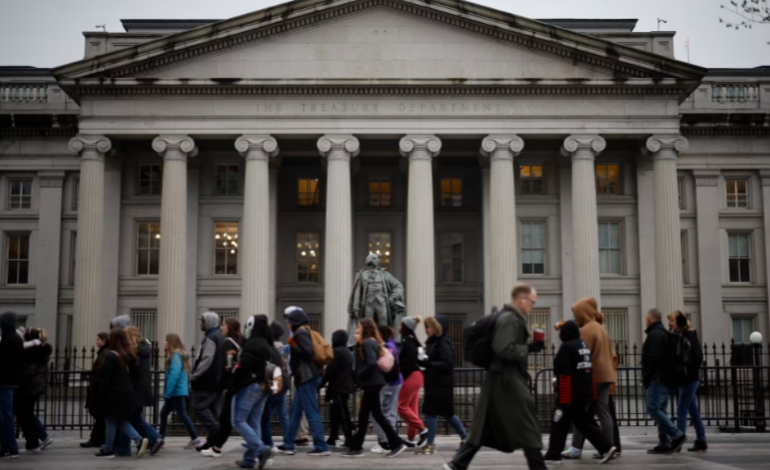A significant selloff in government bonds is currently making waves across global markets.
This trend is not confined to the United States; other major economies, including the UK and Japan, are also witnessing sharp increases in long-term bond yields. In particular, the US 10-year Treasury yield is approaching its highest level in a year, despite recent interest rate cuts by the Federal Reserve. What is behind this sudden shift? Is it solely due to inflation and growth expectations, or are there deeper, more complex factors at play?
Across major bond markets, investors are responding to a variety of signals. As of recent trading, the US Treasury yield curve has been showing notable increases. For example, the 10-year US Treasury yield hovered close to 4.7%, its highest level since April. The 2-year Treasury yield also rose, approaching 4.27%. This surge in yields has spurred considerable attention, as yields and prices of bonds typically move in opposite directions, suggesting that bond prices are under pressure.
The primary drivers of the selloff in government bonds appear to stem from concerns about inflation and expectations surrounding economic growth. Despite recent cuts in interest rates by the Federal Reserve, the bond market remains volatile. Investors are closely monitoring the release of key economic data, such as the upcoming jobs report, to gauge the health of the US economy. The Federal Reserve’s decisions on future interest rate policies are highly dependent on these indicators, adding to the uncertainty in the bond market.
In the UK and Japan, similar trends have been observed, with long-term yields reaching multi-year highs. The reasons for these increases are multifaceted. In Japan, economic conditions have prompted shifts in investor behavior, while in the UK, concerns about inflation and fiscal policy have contributed to rising yields.
In the US, bond market movements are closely linked to expectations surrounding the December nonfarm payrolls report, which is set to be released shortly. Economists expect a slight decline in job creation, with the forecast pointing to the addition of 155,000 jobs in December, compared to 227,000 in November. A weaker-than-expected jobs report could influence the Federal Reserve’s future interest rate policy decisions. The report is considered one of the last major pieces of economic data before the Fed’s upcoming meeting in January.
Market participants are particularly focused on how inflationary pressures are evolving, as these will shape the Fed’s stance on monetary policy. Although some experts believe the economy is slowing, others remain uncertain about how much of a deceleration is taking place in terms of hiring and overall growth.










The latest news in your social feeds
Subscribe to our social media platforms to stay tuned